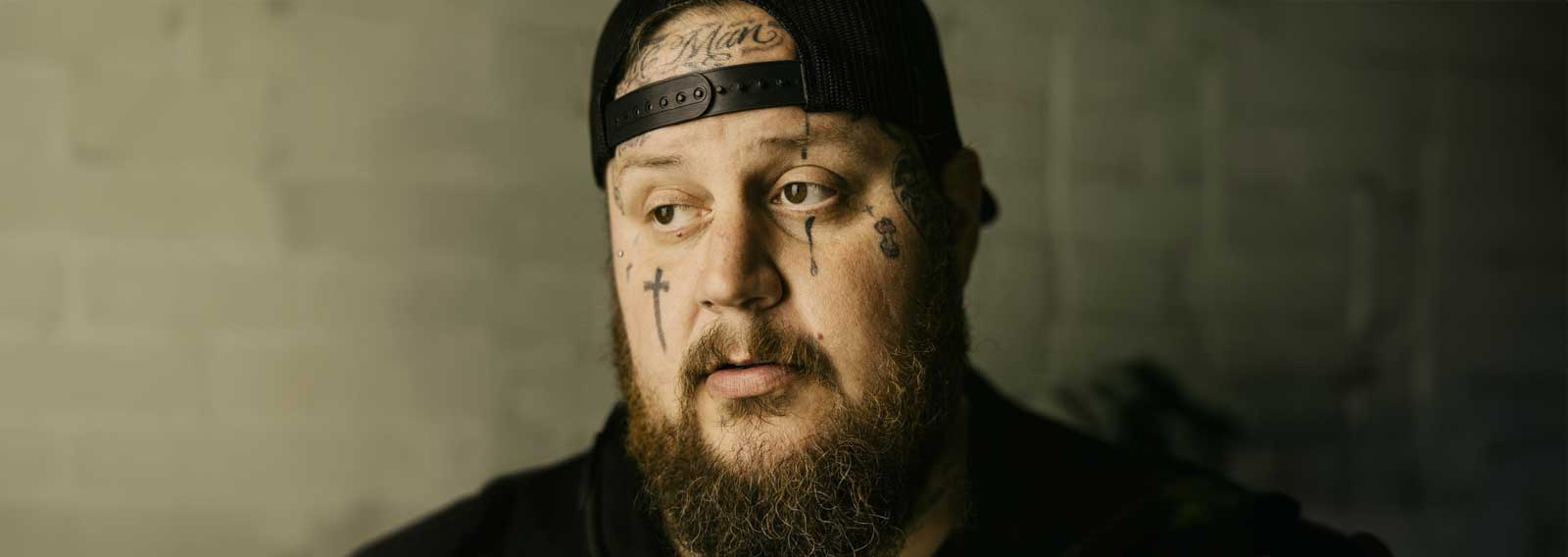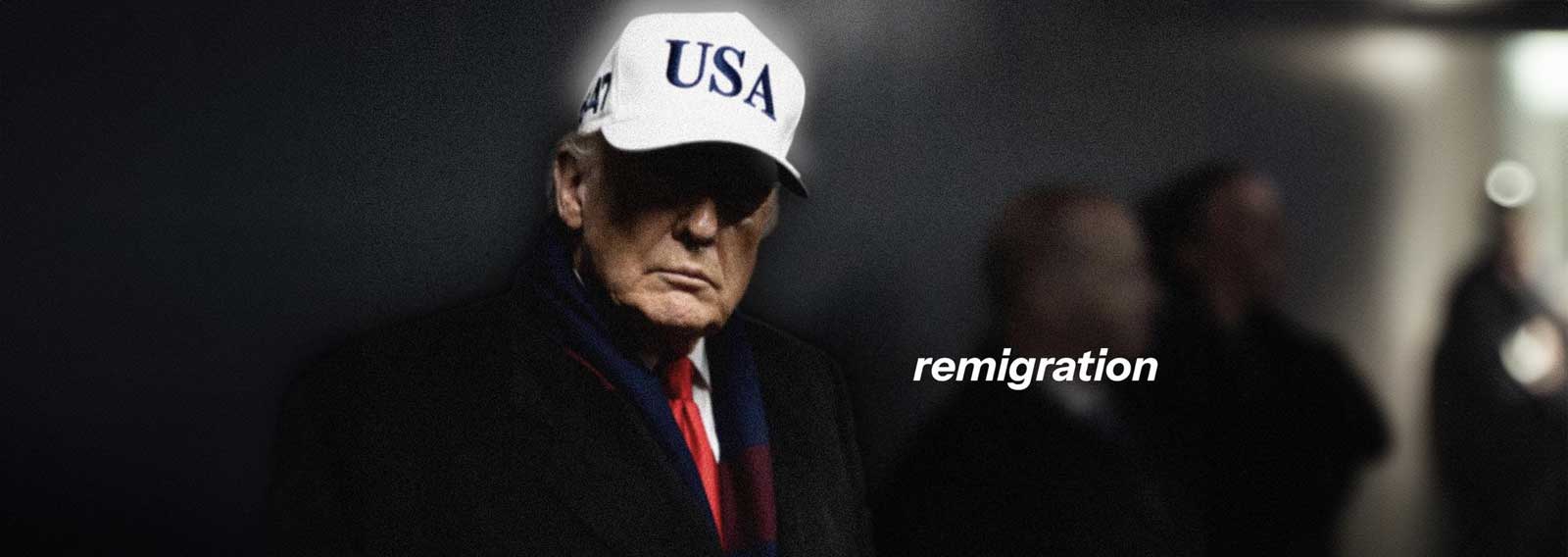For the last two years, we have witnessed a war on truth. From the censorship of key medical experts to the widespread dissemination of false information concerning the efficacy of lockdowns, masking and vaccines, societal distrust is at an all-time high.
In this post-truth age, many have fled to the highways and byways of the internet in their search for the facts. In this pursuit, some have found legitimate information from experts, whilst others have been inundated with weird and wonderful ideas from questionable sources.
For this reason, I want to suggest several books which I believe stretch our minds, challenge our presuppositions, and lead us to a perspective on COVID-19 that is concordant with reality.
![Covid: Why most of what you know is wrong by [Sebastian Rushworth]](https://m.media-amazon.com/images/I/51W3FL3ob6L.jpg)
1. COVID: Why Most of What You Know is Wrong, by Sebastian Rushworth, M.D.
In 2020, Swedish medical doctor Sebastian Rushworth took it upon himself to bring the voice of reason to bear on the misinformation, misconceptions, and misdirected advice of many governments and health professionals.
In this short and accessible book, Dr. Rushworth gives answers to the key questions many want answers to, including (but not limited to):
- How effective are lockdowns at reducing transmission of COVID-19?
- Is COVID-19 a life-threatening virus for most people?
- What are the adverse effects of the available jabs?
- Which COVID-19 jab is most effective?
Rushworth writes:
“Just as with the official dietary guidelines, the public response to Covid started to feel more like it was based on religion than on science. Amid the renewed hysteria, I was contacted by a publisher here in Sweden, who asked me to write a book about Covid, to get a more nuanced and scientifically sound view out into the public arena, than was being presented in mainstream media. That book is this book.” (p. 12)
It’s true — Rushworth directly challenges everything we think we know about COVID-19. However, he does so in a simple and comprehensible manner that is both easy to understand and rich in content.

2. The Great COVID Panic, by Gigi Foster, Paul Frijters, and Michael Baker
UNSW Professor of Economics Gigi Foster has been a vocal critic of lockdowns since governments contemplated them in early 2020. In this book, she, Frijters and Baker explain why and how governments implemented such draconian measures, and the role fear and public perception had to play in the events that unfolded.
Governments, they argue, are seldom willing to admit the limits of their ability to contain and control problems in society. Therefore, wanting to do ‘something,’ they implemented measures that were perceived to be doing something, and yet made the situation worse.
They write:
“Little can be achieved by thinking about Covid as a public health problem created by bats and solved by vaccines. If we really want to understand it as an historical phenomenon, to understand how we humans reacted to it in the way we did and to learn something useful for the future, we need to fit together many pieces of a puzzle.
Some of the pieces repose in the heart, while some are in the mind. Some are at a micro level, some are macro. Some are good and some are unspeakably evil. This book aims to make sense of it all, to make these disparate strands coherent so we see clearly what happened and deduce what must be done to avoid a similar tragedy in future.” (pp. 7-8)
The Great COVID Panic challenges readers to analyse the COVID-19 situation beyond the lens of public health. Indeed, while COVID-19 is certainly a public health issue, the authors reveal that there is more to the story than this.

3. When Politicians Panicked: The New Coronavirus, Expert Opinion, and a Tragic Lapse of Reason, by John Tamny
Tamny taps into the saviour-complex which so often dominates the thinking of politicians in times of crisis. He explains how the perceived risk of COVID-19 led governments across the world to implement unprecedented policies which have had no discernible benefit to the people they govern.
Moreover, he explores the way in which crisis situations are exploited by politicians to arrogate power, shift blame, and implement dramatic social and technological changes which would otherwise not be possible.
Tamny explains the purpose of his book:
“Though this book can be reasonably billed as a coronavirus book, it’s really a story about politicians losing their wits, reacting rashly after losing their wits, and creating a global economic contraction in the process.
“To blame this on the coronavirus is to excuse ineptitude that is the norm when the combined, decentralized knowledge of millions and billions of humans is ignored in favor of the centralized and highly limited knowledge of very few politicians, and even fewer experts.” (p. 14)
In a humbling manner, Tamny reveals that no human possesses absolute knowledge (even the experts!), and therefore challenges the notion of a singular solution to COVID-19. On a deeper level, Tamny challenges the notion that the state is our saviour, and that heavy-handed government policies can save us from the misfortunes of life in a broken world.
![COVID-19 and the Global Predators: We are the Prey by [Peter Roger Breggin, Ginger Breggin]](https://m.media-amazon.com/images/I/415wQSwXRbL.jpg)
4. COVID-19 and the Global Predators: We Are the Prey, by Peter R. Breggin and Ginger R. Breggin
Over the past few decades, Peter R. Breggin was instrumental in exposing the abusive practices of psychosurgery and electroshock therapy and helped bring to light internal corruption in the CDC which he argues enabled the opioid epidemic.
More recently, the Breggins focused their attention on the ways in which globalists — ranging from officials within the FDA, CDC, WHO, and World Economic Forum — have exploited and profiteered from COVID-19.
They write:
“A very sophisticated psychological operation is apparently being perpetrated upon the whole world. We are rapidly becoming an immoral, insane, dystopian technocracy in which our very right to assemble and even speak can be revoked on the basis of hospital bed utilization. If we fail to stand up and take back control now, those of us who survive the next phase will spend our lives under a medical tyranny the likes of which the world has never known.”
While many dismiss the notion that COVID-19 was planned as a mere ‘conspiracy theory,’ the Breggins present a plethora of sources, evidence, and arguments that are difficult to ignore. From the nefarious partnerships between global players to the censorship of early treatment protocols for COVID-19 patients, the Breggins address the questions everyone wants answers for.

5. Extraordinary Popular Delusions and the Madness of Crowds, by Charles MacKay
Published in 1841, MacKay explores the dynamics of crowds, which he describes as mass-movements controlled by a singular idea or phenomenon. MacKay shares what he believes are the contributing factors that often generate a state of mass-psychosis in crowds.
Unlike the other books, MacKay wrote this book over 150 years before we even knew about COVID-19. Yet, the wisdom, insight, and incisive analysis of the human condition is timeless. MacKay’s book helps us to grasp what happened over the past two years, why we responded how we did, and who is responsible for the hysteria surrounding COVID-19.
MacKay shares:
“Men, it has been well said, think in herds; it will be seen that they go mad in herds, while they recover their senses slowly, and one by one.” (p. 5)
MacKay’s work is a critical reminder that while technology, political structures and cultural habits are subject to change, human nature is not. For this reason, MacKay is an invaluable source to read if we are committed to avoiding the pitfalls and traps which so often befall those swept up in the mentality of crowds.
The Bottom Line
One way to be equipped to think critically and discern truth from error in the current environment is to listen to the arguments and views of those who dissent from popular opinion.
While these books will neither tell you everything there is to know about COVID-19, nor will they be free from error, what they will provide are rich and meaningful perspectives, some of which you may have never heard before.























